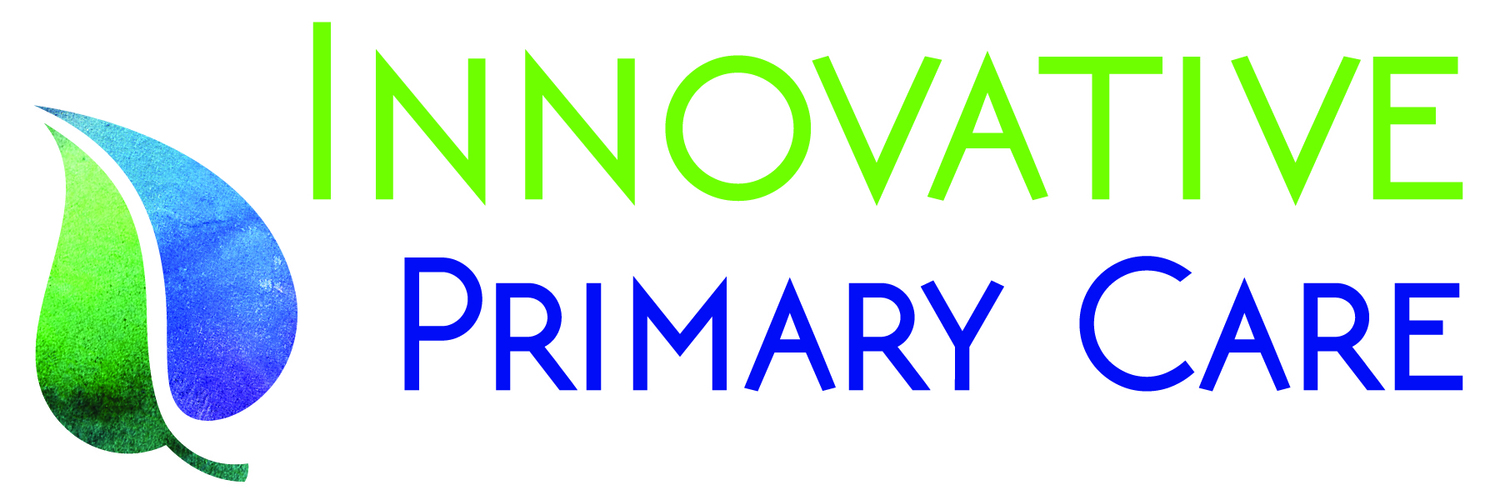Healing Therapies: EMDR and Hypnotherapy
/During Suicide Prevention Awareness Month, it’s also important to address the more broad or everyday challenges people may be facing. If you’re feeling a sense of burnout, helplessness, difficulty making decisions or even un-diagnosed mental illness, you may need to seek the support of a trained therapist. Psychotherapy and counseling help people identify the issues that are contributing to their difficulties and identify more effective strategies to cope with their situations and achieve their goals.
There are many different approaches to therapy, including Eye Movement Desensitization and Reprocessing (EMDR) and hypnotherapy.
EMDR therapy is an integrative psychotherapy approach that has been extensively researched and proven effective for the treatment of trauma. This is considered by the American Psychiatric Association, the Department of Defense and the World Health Organization as the treatment of choice to deal with PTSD. Complete treatment of the targets involves a three pronged protocol (1-past memories, 2-present disturbance, 3-future actions), and are needed to alleviate the symptoms and address the complete clinical picture. The goal of EMDR therapy is to process completely the experiences that are causing problems, and to include new ones that are needed for full health. "Processing" does not mean talking about it. "Processing" means setting up a learning state that will allow experiences that are causing problems to be "digested" and stored appropriately in your brain. More information can be found on the EMDR International Association website.
Hypnotherapy has been portrayed for years by Hollywood as a way to make a person do something they wouldn't normally due while in a trance-like state. Practitioners use clinical hypnosis in three main ways. First, they encourage the use of imagination. Mental imagery is very powerful, especially in a focused state of attention. The mind seems capable of using imagery, even if it is only symbolic, to assist us in bringing about the things we are imagining. A second basic hypnotic method is to present ideas or suggestions to the patient. In a state of concentrated attention, ideas and suggestions that are compatible with what the patient wants seem to have a more powerful impact on the mind. Finally, hypnosis may be used for unconscious exploration, to better understand underlying motivations or identify whether past events or experiences are associated with causing a problem. More information can be found on the American Society of Clinical Hypnosis website.
If you are interested in exploring the benefits of these treatments, visit Dr. Ilana Oren's website. She has been serving patients in the IPC offices for years and helps individuals, couples and families increase resilience, overcome their challenges and foster the belief that they deserve to be their best and actualize the dreams they have for their lives.

